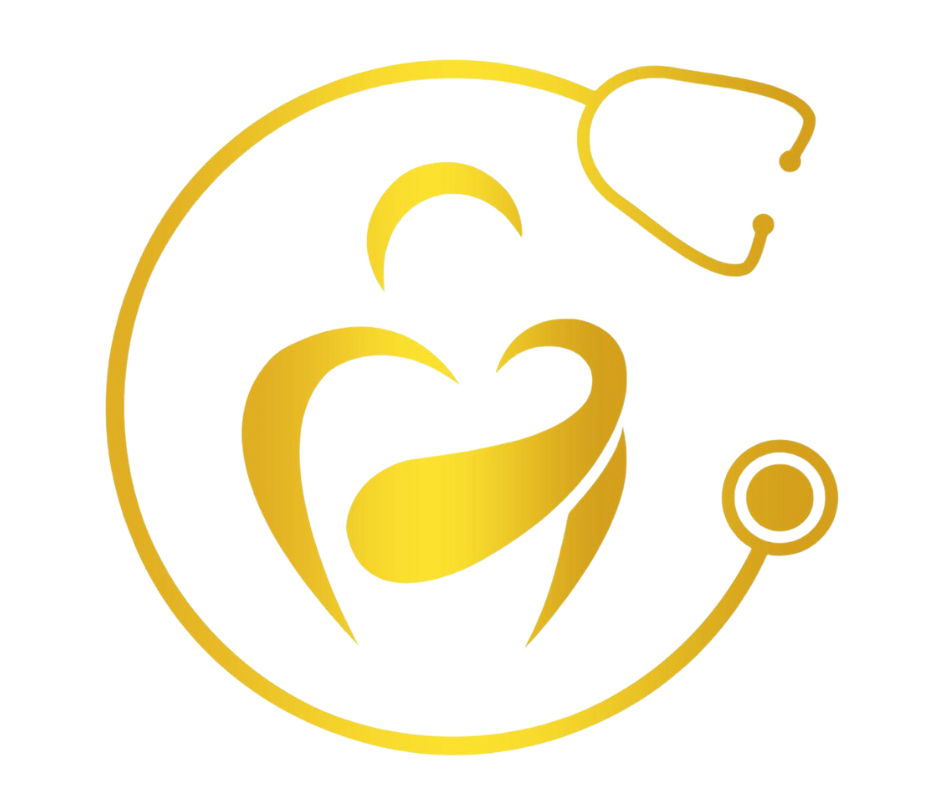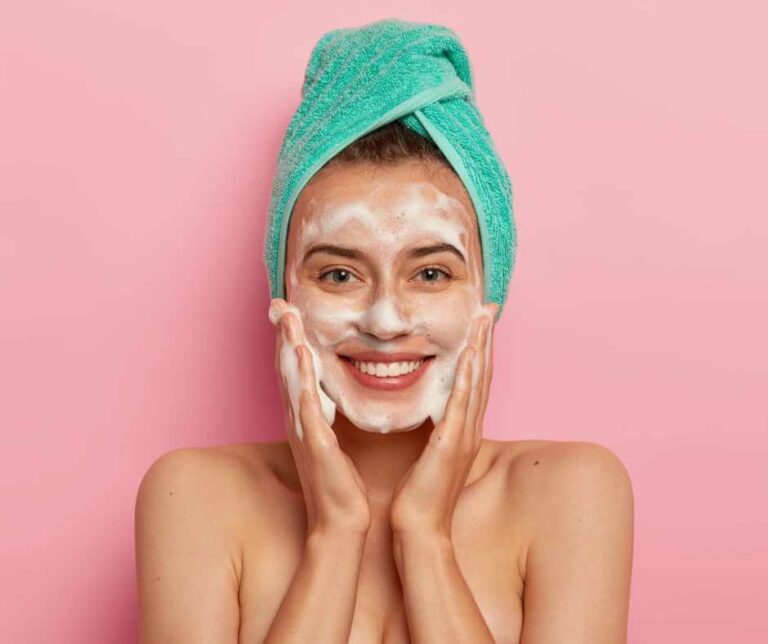What is Clean Beauty? A Science-Based Definition (The “Technicalities”)

In recent years, “clean beauty” has become a powerful marketing buzzword, but what does this term actually mean from a scientific perspective?
In layman’s terms, clean beauty refers to products made with natural and non-toxic ingredients, avoiding harmful chemicals.
The idea is to promote safer and more environmentally friendly options for skincare and makeup.
Simply put, it’s like choosing products that are gentle on your skin and don’t contain any harsh additives that could potentially cause harm.
We know… this topic can seem a quite boring, but try not to get too intimidated with this topic as it is important to cover all grounds.
Let’s explore the facts behind the trend and establish a clear, evidence-based understanding of clean beauty.
The Challenge of Definition
The term “clean beauty” has no standardized definition or regulatory framework. Unlike “organic” or “FDA-approved,” there’s no governing body that certifies products as “clean.”
This lack of standardization has led to considerable confusion among consumers and varying interpretations within the beauty industry.
Core Principles of Clean Beauty
At its most fundamental level, clean beauty typically encompasses three main aspects:
1. Safety-First Formulation
Clean beauty products prioritize ingredients with established safety profiles. This doesn’t necessarily mean “all-natural” – many synthetic ingredients have excellent safety records, while some natural ingredients can be harmful. The focus is on using ingredients, whether natural or synthetic, that have been thoroughly studied and shown to be safe for their intended use.
2. Transparency in Ingredients
A hallmark of legitimate clean beauty brands is complete transparency about their ingredients and formulation processes. This includes clear labelling and willingness to share information about ingredient sourcing and manufacturing practices.
3. Environmental Consideration
While not universal to all definitions, many clean beauty advocates include environmental impact in their criteria. This extends to sustainable sourcing, biodegradable formulations, and environmentally conscious packaging.
Common Misconceptions
Several persistent myths about clean beauty need addressing:
Natural Equals Safe
This is perhaps the most dangerous misconception. Poison ivy is natural, but you wouldn’t want it in your face cream. Many natural ingredients can cause severe allergic reactions or irritation. Conversely, many synthetic ingredients have been extensively tested and proven safe.
Chemical-Free Claims
Nothing is “chemical-free” – water is a chemical compound. When brands claim their products are “chemical-free,” they’re using scientifically meaningless marketing language. Every ingredient, natural or synthetic, is composed of chemicals.
A Science-Based Approach
A more meaningful definition of clean beauty should focus on:
Evidence-Based Safety
Products should contain ingredients with documented safety profiles, supported by peer-reviewed research and toxicological studies. This includes understanding safe concentration levels and potential interactions between ingredients.
Appropriate Preservation
Safe preservation systems are crucial for preventing microbial growth and ensuring product safety throughout its intended shelf life. Some “clean” brands avoid traditional preservatives, potentially compromising product safety.
Effective Formulation
Clean beauty products should maintain efficacy while adhering to safety and transparency principles. A product that doesn’t work as intended, regardless of its “clean” status, serves no purpose.
The Role of Regulation
While clean beauty lacks official oversight, products must still comply with existing cosmetic regulations. In the United States, this means adherence to FDA guidelines for cosmetic safety and labelling. The European Union’s cosmetic regulations are even more stringent, banning over 1,300 ingredients from use in cosmetics.
Making Informed Choices
When evaluating clean beauty products, consumers should:
- Look beyond marketing claims and examine ingredient lists
- Research brands’ transparency practices and commitment to safety testing
- Consider their individual skin needs and sensitivities
- Understand that price doesn’t necessarily correlate with safety or efficacy
The Future of Clean Beauty
As scientific understanding advances, the definition of clean beauty will likely evolve. The industry is moving toward more standardized criteria and better integration of scientific evidence with consumer demands for safety and transparency.
Conclusion
A science-based definition of clean beauty focuses on safety, transparency, and efficacy rather than arbitrary distinctions between natural and synthetic ingredients. The most important factors are thorough safety testing, appropriate preservation, clear labelling, and formulations that actually work. As the beauty industry continues to evolve, this evidence-based approach will become increasingly important for both brands and consumers.
Remember that individual skin needs vary greatly, and what works for one person may not work for another. Always patch test new products and consult with skincare professionals when needed, regardless of a product’s “clean” status.






